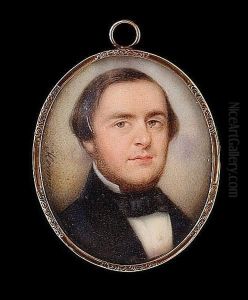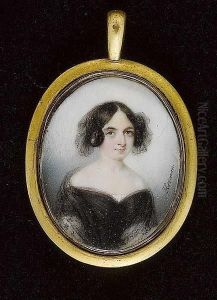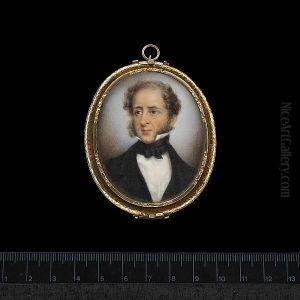Louis-Theodore Hermann Paintings
Louis-Théodore Hermann was a French landscape painter, born in 1805 in Phalsbourg, Lorraine, during a period of significant political and social change in France. His life and career were marked by the evolution of artistic movements in the 19th century, navigating through the realms of Romanticism to the early whispers of Impressionism. Hermann was primarily known for his captivating landscapes that often reflected the serene beauty and dramatic contrasts of the French countryside.
Educated in the arts from a young age, Hermann developed a keen interest in capturing the natural world, studying under various prominent artists of his time. His technique was characterized by a meticulous attention to detail and a profound appreciation for the interplay of light and color, which he believed were essential in capturing the essence of a landscape. Hermann's works often depicted the rural landscapes of France, from the rugged coastlines of Normandy to the pastoral scenes of the Lorraine region, imbuing them with a sense of tranquility and timelessness.
Throughout his career, Hermann exhibited his works at the Paris Salon, the official art exhibition of the Académie des Beaux-Arts in Paris. His paintings were well-received, earning him recognition and accolades from critics and the public alike. Despite this, Hermann remained somewhat detached from the leading artistic movements of his time, choosing instead to forge his own path and focus on the natural beauty that inspired him.
Hermann's contribution to art was not limited to his landscapes. He was also involved in the artistic community as a mentor and teacher, imparting his knowledge and passion for landscape painting to the next generation of artists. His legacy is preserved in the collections of various museums and galleries, where his works continue to be admired for their beauty and emotional depth.
Louis-Théodore Hermann passed away in 1882, leaving behind a body of work that continues to inspire and captivate. His dedication to portraying the natural world in all its forms has cemented his place in the annals of French art history as a significant landscape painter of the 19th century.


